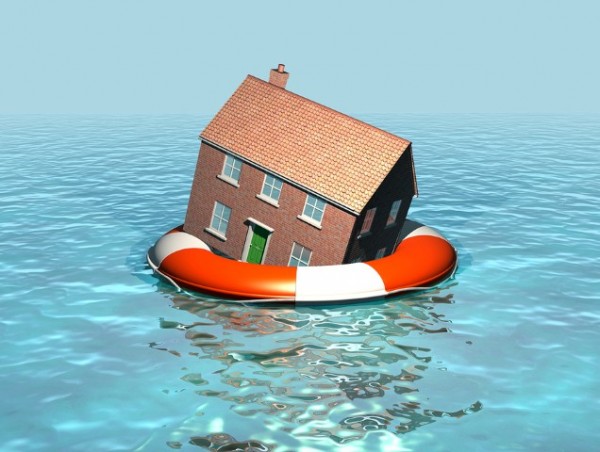In May, the ABS released a report called “Trends in Household Debt,” listed as “4102.0 – Australian Social Trends, 2014.” The report was an eye-opener for many, as it documented just how much debt Australians have amassed in the last 25 years.
Household Debt
As of 31 December 2013, total household debt was calculated to be $1.84 trillion. That works out to approximately $79,000 for every man, woman and child living in Australia. The good news is that household debt is rising more slowly now than it was before the Global Financial Crisis (GFC).
From 2001 through the middle of 2007, household debt rose by 10% a year. Since then, it has been rising by about 2%. Part of this is attributed to a tightening up of the mortgage market and part to a general “tightening of the belts” in most households worldwide because of the GFC.
Debt Compared to Assets
While assets are increasing, they are only increasing half as much as debts. In September 1988, household debt was barely under 11% of the value of household assets. In 2011, household debt was nearly 21% of household assets and declined slightly to around 20% at the end of 2013.
Debt Compared to Income
When lenders are deciding whether or not to lend money and how much interest to charge, the debt to income ratio is an important factor. Between the beginning of 1993 and the middle of 2007, household debt rose a lot faster than household income did. Since then, both have tended to rise equally.
Interest Compared to Income
Except for interest only loans, loan repayments have both interest and principal. For the most part, the higher the interest rate, the more difficult it is to pay off the principal. When interest was compared to income in the December 2013 quarter, it worked out to 7%. This is high, but down from 2008’s 12%. For comparison, in 1959, it was less than 3%.
Are Current Debt Levels Sustainable?
When looking at the sustainability of debt levels, the following numbers are most important: interest rates, unemployment rate, household income, household wealth and property values.
Interest Rates
At the end of 2013, nearly 75% of household debt was for mortgages, whose rates are at an all-time low thanks to the RBA’s all-time low interest rate. From June 1989 to March 1990, banks were charging as much as 17% interest per annum on home loans. In April 2014, the average rate was 5% per annum.
But can we trust interest rates to stay at an all-time low forever? I think we all know that answer.
Unemployment Rate
The unemployment rate is currently 6%. The RBA expects it to rise a quarter-point to 6.25% by June of next year.
Real Household Income
Real household income is derived by adjusting household income for inflation. Real income rose from mid-2007 to mid-2012, and has declined slightly since then. Both the Productivity Commission and the Australian Treasury have forecast income to grow at a slower rate in the next ten years.
Real Household Wealth
Real Household Wealth per person was at an all-time high before the GFC. It is now close to reaching those levels again: $323,000 in December 2013.
Property Values
At the end of 2013, the average property value in Australia was an all-time high of $539,400. I expect that prices in Perth will be on the rise for the next 12-18 months before slowing down as interest rates start to rise again.
What It All Means to You
So, as we are fond of saying, “what does this mean for investment property in Perth?”
While the household debt number remains high, we see it levelling off as Australians, along with most of the world, have “tightened their belts” since the GFC. That being said, there could be a few casualties along the way. First home buyers especially need to be careful to stress test their repayments to factor in rises in interest rates ahead.
As the old saying goes, “predictions are difficult, especially about the future.” We don’t know for sure what the future holds, but it can be extrapolated with confidence that property prices will continue to rise in cycles and that well-researched property will always be a good investment.
Call 1300 472 427 to learn more.






